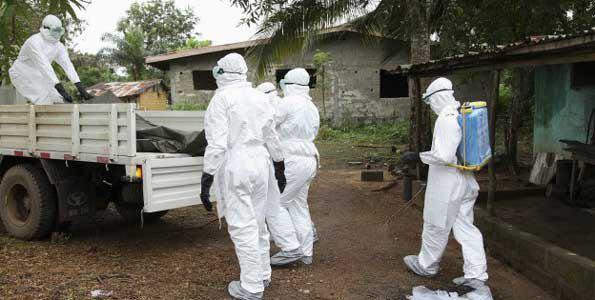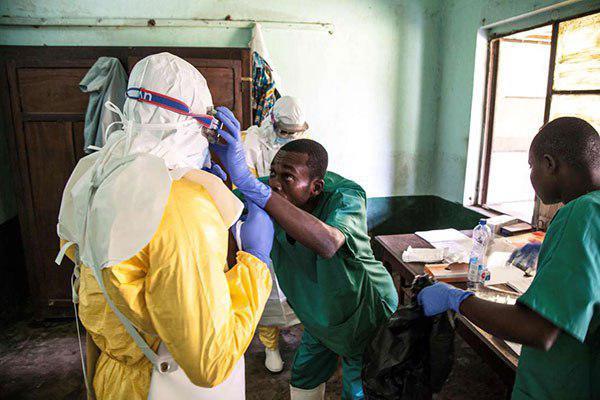DAR ES SALAAM, May 23 (Xinhua) — Authorities in Tanzania on Wednesday allayed fears of an outbreak of the deadly Ebola virus, saying no person has been diagnosed with the disease in the east African nation.
Faustine Ndugulile, the Deputy Minister for Health, said people should not panic following unconfirmed reports of the outbreak of the disease in the country.
The minister was forced to allay the fears after the World Health Organization (WHO) recently confirmed that 25 people died in the Ebola-hit neighboring Democratic Republic of the Congo (DRC).
"There is no suspected case of Ebola or Ebola-like symptoms that have been detected in the country, and people should not panic," Ndugulile told a news conference in the commercial capital Dar es Salaam.
He said there was no official report indicating an outbreak of Ebola, adding: "We will continue to monitor and provide further information on the disease."
He said comprehensive measures had already been put in place by the government to contain an outbreak of the disease, including strengthening Ebola screening at international airports, the country's borders and ports with a view to ensuring people who were infected with the deadly disease did not enter the country.
Last week, Tanzania joined neighboring Uganda and Kenya on issuing an alert following an outbreak of the fatal Ebola virus in the DRC.
Ummy Mwalimu, the Minister for Health, said the government has directed regional medical officers across the country to strengthen surveillance.
With this reappearance of the Ebola outbreak, the DRC is at its ninth Ebola outbreak since 1976. The last outbreak recorded by the country took place in May 2017 in the northern province of Bas-Uele which killed four people.
The Ebola virus is highly contagious and causes a range of symptoms including fever, vomiting, diarrhea, generalized pain or malaise and in many cases internal and external bleeding.
Mortality rates of Ebola fever, according to WHO, are extremely high, with the human case-fatality rate ranging from 50 percent to 89 percent, depending on viral sub-type

